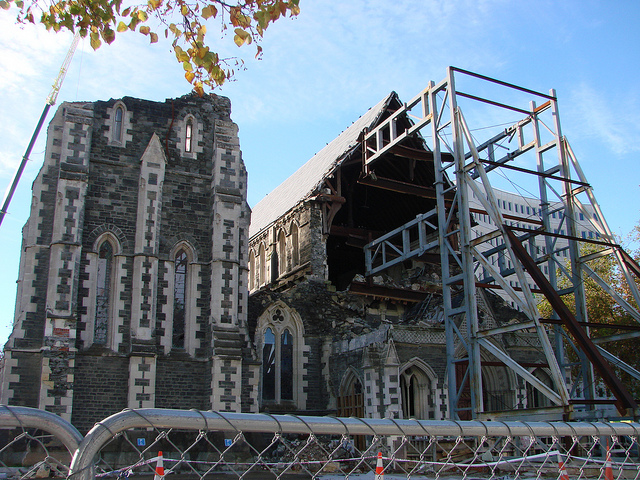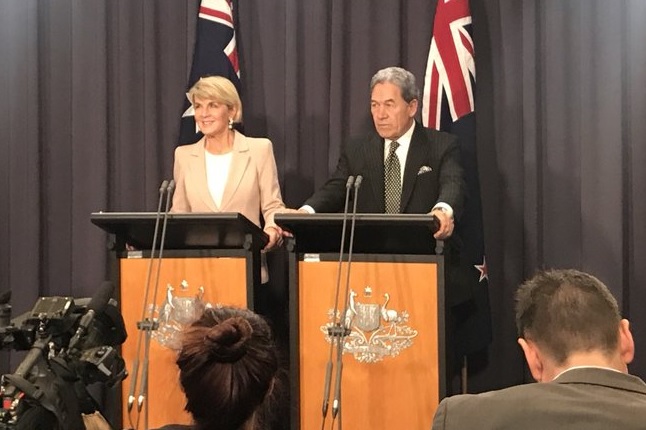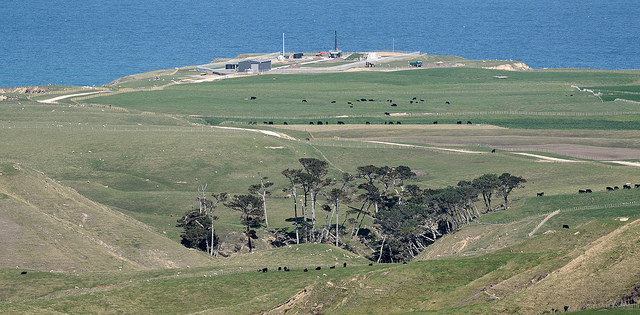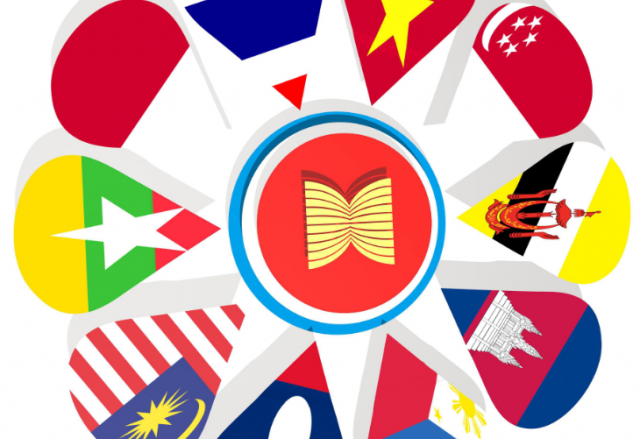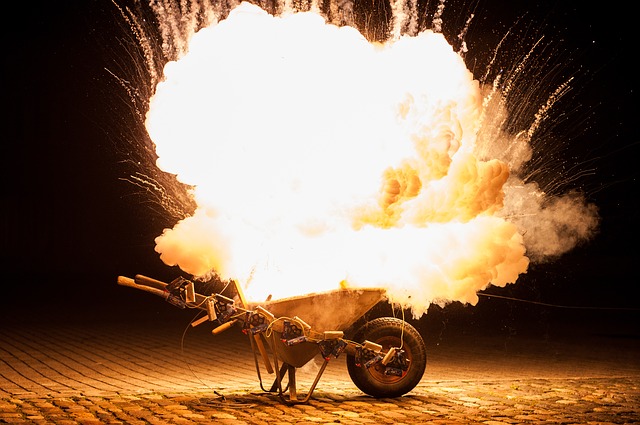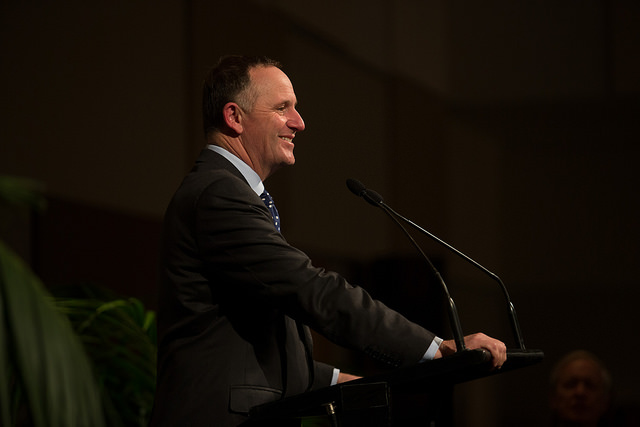New Zealand’s dangerous strategic apathy in an uncertain age

When New Zealanders vote this September, they should consider closing a self-inflicted wound—decades of disarmament and dangerous strategic apathy.
In 1949, a distinguished New Zealand soldier, Major General Sir Howard Kippenberger, warned:
It may be a good thing to continue doing nothing as at present and trust in the mercy of God to a people too selfish and lazy to help themselves. We can say, truly, that New Zealand cannot alone defend herself…so, perhaps, we had better leave it to others, or deny that there is any danger and get on with our amusements and the rapid erosion of our land. Or we can pull ourselves together and act as a grown up Nation.
Those words should still sting.
To be fair, New Zealanders do hedge against some risks. Living on the Ring of Fire, they’ve made earthquake insurance compulsory, and 95% of residential properties are now covered (compared with 11% in California).
Yet against human-triggered strategic risk, New Zealand stands nearly naked. Setting aside reliance on the ‘rules-based international order’, which couldn’t protect Georgia or Ukraine, there are two ways to defend one’s home soil—directly with organic assets, or indirectly through treaties with strong allies. New Zealand has neither.
In Pollyanna-ish scenarios, such a faith-based theory of national defence has it that no matter what’s happening in the world, everything will be okay. That may be fine for Fiji or Tahiti, but not for New Zealand—which once, with its allies, proudly received Japan’s surrender. Blame this strategic apathy on historical amnesia.
Prime Minister Jacinda Ardern described the terrorist attacks at Christchurch mosques as an ‘extraordinary and unprecedented act of violence’ on ‘one of New Zealand’s darkest days’. But blood has been shed in New Zealand before. Several thousand were killed in the mid-19th century wars in which the Maori people lost much of their land. According to one historian, this was ‘among the most disgraceful episodes in British imperial history for [the wars] sprang from stark, naked, unabashed greed’.
A former secretary of New Zealand’s defence ministry, Gerald Hensley, has written that, in February 1942, facing a possible Japanese invasion, New Zealand’s prime minister, Peter Fraser, pleaded with Washington for arms. New Zealand, he pointed out, was virtually unarmed: ‘This, we feel, is not our fault.’ As Hensley observed, though, ‘It is hard to see who else’s it was; it is a mark of independent countries to take care of their own security.’
New Zealand won’t see a Chinese fleet tomorrow, but building defence capability takes time. ‘Defence is every country’s insurance policy’, Hensley noted in 1992, ‘covering thirty years against all risks’.
The 19th-century New Zealand wars were about resource extraction and population expansion, and the next could be similarly driven. China lacks arable land, drinking water and living space. New Zealand could look good for resettlement in three decades, perhaps even ‘100% there for the taking’.
If one accepts historian Hugh White’s thesis that China’s rise and America’s wane means it’s time to question the strength and viability of the US–Australia alliance, then New Zealand should question its security guarantees from Australia—particularly considering the difficulty of defending a continent with scarce resources.
Like self-aware Kiwis, most New Zealanders are resigned to their relative defencelessness. A 2007 poll found that 84% believed New Zealand would be incapable of defending itself if attacked and, of those, 51% were unwilling to rectify that by paying more taxes.
In 2001, Prime Minister Helen Clark famously referred to New Zealand’s ‘incredibly benign’ strategic environment, and in 2008 Defence Minister Phil Goff said no one was ‘remotely interested’ in invading New Zealand.
While troop quality and capability have improved, defence spending has dropped by nearly two-thirds in real terms over four decades—from around 3% of GDP in 1980 to 1.16% in 2018. Defence force personnel numbers fell from 12,400 in 1985 to 9,000 in 2017. The decision to scrap air combat capability in 2001 appears particularly reckless.
New Zealand also lacks an ally strong enough to support its defence. The 1951 ANZUS treaty pledged the parties to ‘consult’ when a threat emerged, but after a dispute over visits by US nuclear-powered warships in 1984, the NZ–US leg was broken. (The treaty remains in force between the US and Australia, and New Zealand and Australia.) The prime minister at the time, David Lange, pledged a ‘more independent’ and ‘self-reliant’ defence posture.
What has instead emerged is a form of what Hugh White calls ‘unarmed neutrality’. White says the current environment poses the greatest strategic challenge to the region since European settlement, yet in his latest book, How to defend Australia, he includes only two vanishingly brief mentions of New Zealand. (And when your closest ally considers your defence contribution an afterthought, that speaks volumes.)
Governments of both major parties have essentially emptied the toolbox with which New Zealand’s defence force could fend off an enemy. But real risks are gathering and big moats no longer stop threats. The Doomsday Clock is closer to Armageddon than ever before. China’s emergence as a global power has unsteadied the balance of international relations.
Coercion doesn’t require bombs. After Canterbury University professor Anne-Marie Brady published her ‘Magic weapons’ paper about the extent of Chinese political influence, she says she has been subject to continual harassment by the Chinese government.
New Zealanders have a deep sense of complacency about their security and feel that they’re very far away from the problems that we are seeing unfold in other parts of the world—that’s just not true anymore … Here is an actual challenge to our sovereignty—and a New Zealand family who have had their safety threatened—and our government is not defending them.
The response from New Zealand’s defence policymakers should be guided by historian Ian MacGibbon’s three primary assumptions: New Zealand could ‘only be threatened physically by a major power’; the country couldn’t ‘be defended with the New Zealand resources available’; and defence was ‘more than a matter merely of physical protection, so dependent was [New Zealand] upon external trade’. This meant that New Zealand ‘depended upon allies sufficiently powerful and motivated’ to meet its ‘strategic requirements’.
New Zealand is too small to go it alone. It’s time to join an alliance—ANZUS 2.0?


